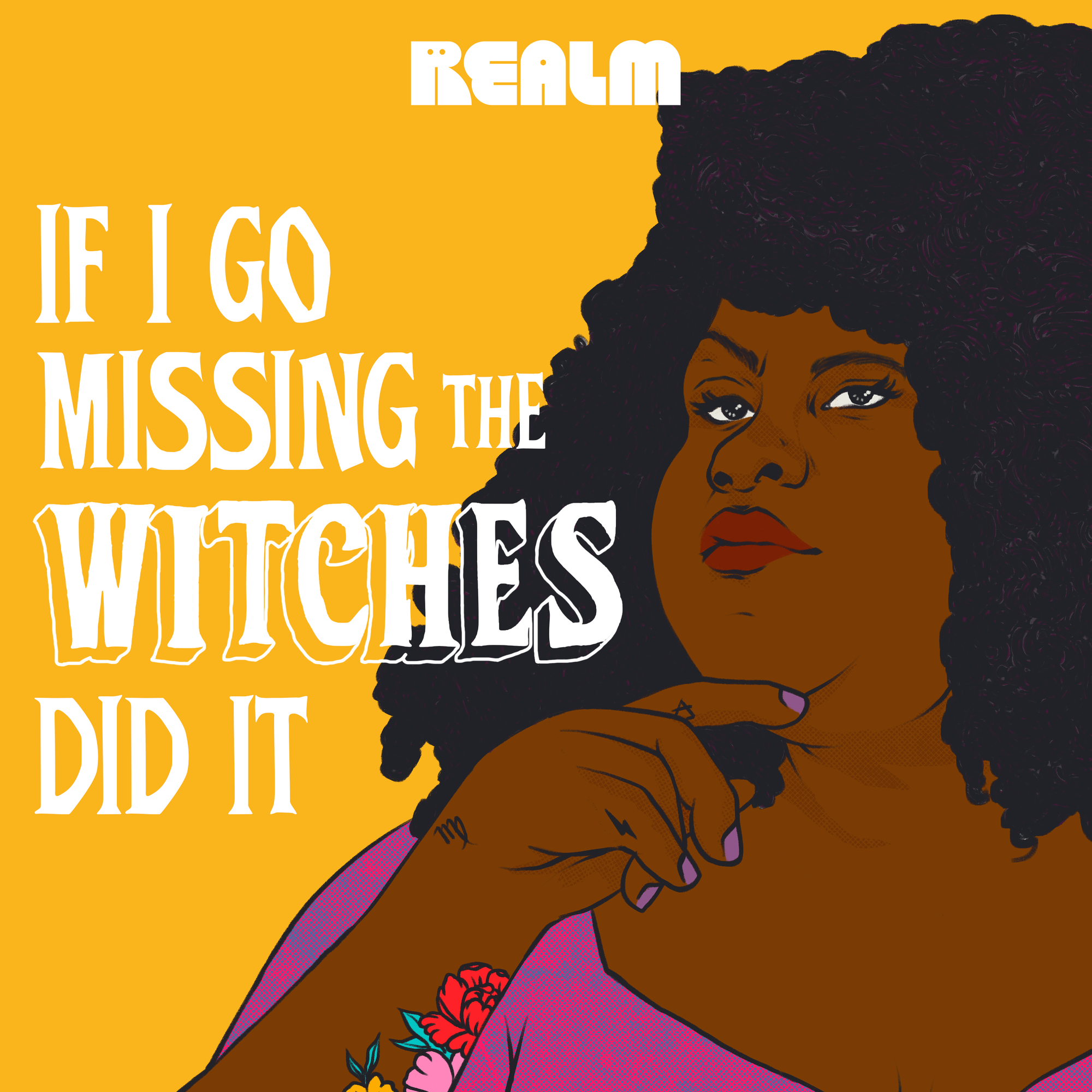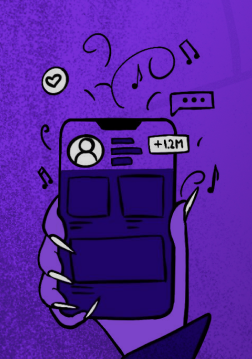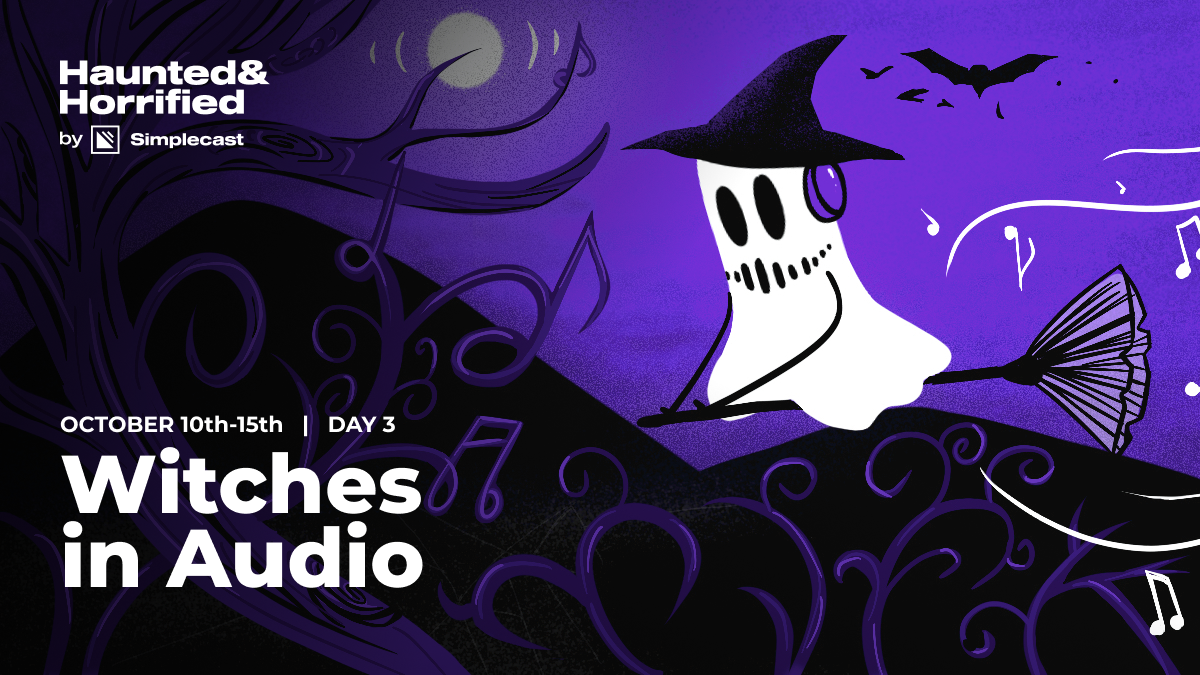Entertainment
Related articles:
It would be cheesy of me to start this essay by saying “tis the season of the witch” because, let’s be real, it is always witch season.
Our society is both fascinated and afraid of powerful witches. We vilify those who transgress the well-beaten path, we worship those who fight and know themselves, we love beauty and confidence, we hate too much beauty and confidence. The witch, in our collective mind, is a singular figure. In our literature, she appears over and over again, through the ages: from Circe to Morgane le Fey to Goody Proctor to Elphaba to Kiki.
Like all good metaphors, the witch in fiction has changed over time, depending on what the culture needs her (though let’s be clear — witch is a gender-neutral term and this writer wants to give a special shoutout to trans and nonbinary witches) to be. She can be a symbol of paganism and a threat to Good Christians, she can be a sexual deviant, a teenage rebel, a girl boss with a hunk of rose quartz. She can be feminist or anti-feminist depending on your particular viewpoints. But the witch has, like many other fictional monsters and mythical figures, represented The Other in society for centuries. So it should be no surprise to you that in a lot of witch fiction being published today, they’re often queer and trans people of color.
The fact of the matter is, we no longer need a heavy-handed metaphor to talk about marginalized identity, and writers are pushing back against Speculative Stand-In Othering (or what I like to call “the X-Men problem”), wherein the othered magical/mutant group is meant to represent marginalized communities without actually having any characters belonging to those communities on the page. Witches of color deal with both anti-magic forces AND racism, Trans witches battle bad guys AND fight to be seen in worlds with traditionally gendered magic systems. Works like Alexis Henderson’s The Year of the Witching, Tracy Deonn’s Legendborn, H.A. Clarke’s The Scapegracers, and Aiden Thomas’ Cemetery Boys work with the idea that a witch’s magic is power housed within them, often found through self-acceptance and assurance in the face of all the dangers (both magical and political) the world has to throw at them. In these stories, the magic being used within the story is a vehicle through which both characterization and worldbuilding can be developed, while providing necessary commentary on power, privilege, and community.
If I Go Missing, the Witches Did It (a 2021 Realm production) follows in these footsteps, with a drama that encompasses racism, influencer culture, class tensions, and white savior complexes. It’s an interesting take on witchcraft and the discussion of “who belongs” in a society.

We follow two timelines: one featuring Jenna, a Black writer on holiday with her rich white boyfriend; and one featuring Elise, a white reporter looking into Jenna’s mysterious disappearance. Jenna, who already feels out of place in a mostly white, upper-class town in Upstate New York, comes into contact with a group of social media influencers dubbed “The Goddesses” who turn out to be a coven of witches. Over the course of the narrative, Jenna’s interactions with The Goddesses are primarily hostile—she is interested in writing about them, but they want nothing to do with her.
In this story, the witches use their power for their own gain (to increase their follower counts and therefore wealth and opportunities), and have formed an insular coven. Upon first meeting, Jenna correctly assesses that she doesn’t fit into this community—despite being shown a little spell by one of the women at a party, she is shown time and time again that she is not The Type Of Person the coven wants in their circle. In episode 3, “All Skinfolk Ain’t Kinfolk”, when Jenna is invited to a meal with powerful Black women in the community, including one of the witches, Carmen.
But Jenna’s anti-capitalist sentiments earns her a curse—Carmen’s voice echoes as she declares “all skinfolk ain’t kinfolk”, and her grip drains the color from Jenna’s skin: “The color was bleeding off of me, my arms, my shoulders…I couldn’t see what was happening to my neck and face, but I’m sure I was fading in those places, too.” It’s an act of hostility that shows Jenna truly has no allies, even other women of color. Often in fiction we see witches come into their power, learn to harness their talents, and through this, find community—which is a powerful narrative, especially when the main character is from a marginalized community—but the choice to cut Jenna off from other Black women and any magical lineage, especially considering the history of Black witches in our culture, undermines Jenna’s discovery and use of her own powers.
While there are hints of opportunities to find other like-minded witches with her Bodega guy, Kaleen, and her mother’s community, these never truly come to fruition. Additionally, as Jenna’s negative interactions with the coven increase, she begins to see an apparition—“Colonial Jenna”—who appears as a historical version of herself, which seems to imply that she comes from a lineage of magical women. But this is never discussed, and Colonial Jenna never speaks to her or assists her on her magical journey until 15 minutes into the last episode when Jenna calls upon her ancestors for help in the final showdown against the coven. The podcast never truly strikes the balance between Jenna being isolated from the coven and Jenna finding her true allies.
Yet Jenna is everything the protagonist in a witch story should be—ambitious, curious, and defiant. She does not allow herself to be silenced until magically forced to do so. In episode 6, “Cursed”, Jenna trusts the wrong person (another woman of color she seeks out as a potential ally) and arrives home to find a cursed effigy of herself on the doorstep—when she burns it, she notices the curse written: “The paper with my name on it curled through the heat, and I saw there was a curse directed towards me and my book. The curse was that neither I nor the recordings would amount to anything.” She learns how to counteract this curse in the next episode, a sign that she is learning magic through her own intuition and innate capabilities. And it’s clear that the recordings Jenna is making do amount to something, as they are found after her disappearance, so she is able to triumph over the coven in that way.
However, Jenna’s journey towards her own power isn’t supported by the sound design. This podcast relies mostly on Jenna’s descriptions of the magic being done to her, so listeners lose any sense of physicality or mentality when it comes to magic-making. There are inconsistencies in how spellwork is crafted within this world—the witches use sigils, energy transference, sympathetic magic, and vocal chanting—and there’s no indication of how their magic was learned or where it comes from. We don’t know if they are channeling their ancestors or connecting to any larger power, either internal or in nature.

Magic is highlighted by the sound of chimes or vocal reverb, but not every single time it happens, which seems to indicate that some spells have more significance than others. From an auditory perspective, the most successful instance of the magic being used happens in episode 4, “$ex Magic”, as the witches masturbate and orgasm together in order to bring about their individual desires. When Jenna stumbles upon the four witches in the middle of the night, she’s surprised to find them poised around a fire, naked and touching themselves. Listeners begin to hear moaning in the background, layered under Jenna’s narration. As she observes, the moaning gets progressively louder, and as the women climax, they shout out their personal wishes—”Vogue cover” and “20 million in sales”—using the energy of their orgasms to manifest other desires. We hear the crackling of the fire and its smoke, indicating their spell has worked. This piece of magic tells us something about the women—it’s the only spell that isn’t used against Jenna, and it shows how selfish each of them are. Instead of having sex with each other, they’re focused only on themselves and their individual goals.
But the impact of their other spellwork falls flat without consistent sound design or a focus on crafting a convincing magic system. This seems to be a result of the story’s urban fantasy setting — the fictional spells are rooted in real-life magical practices (voodoo, manifestation, sex magic, and astrology) in order to suit the contemporary setting and issues at hand. We just don’t get enough background information to support that.
Conceptually, If I Go Missing, The Witches Did It steps into line with many contemporary witch stories in its desire to blend magic with social commentary. Magic can’t solve all of Jenna’s problems, because while she does discover a power she didn’t know she had, she still faces racism and class politics. While it doesn’t quite make the statement about Jenna’s place in society, both as a Black woman and as a young witch, that it wants to make, If I Go Missing, The Witches Did It does show that modern witchcraft cannot be divorced from one’s identity, and that fiction can hold space for both social criticism and powerful magic.
Christina Orlando (they/them) is the Books Editor for Tor.com, where they get to be a book nerd all day. As a freelance writer covering poetry, gender, and sexuality, their work has appeared in Catapult, Electric Literature, gal-dem, THEM, Adroit Journal, and Book Riot. They are a recipient of Spotify’s 2019 Sound Up grant for people of color in podcasting and a 2021 Publisher’s Weekly Star Watch Honoreee. Christina resides in Brooklyn, NY with their queer found family.


